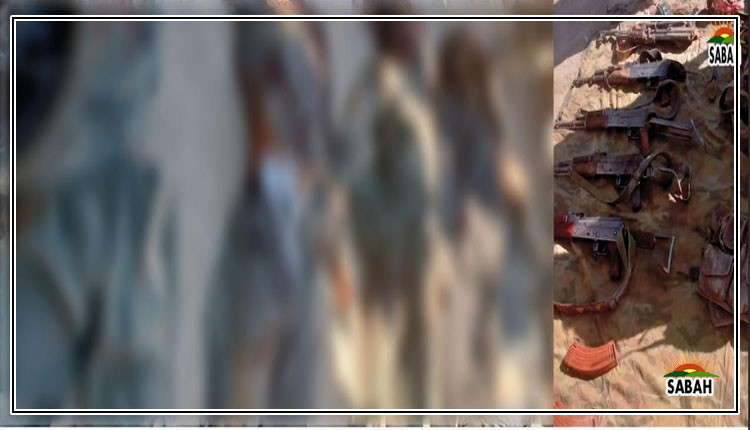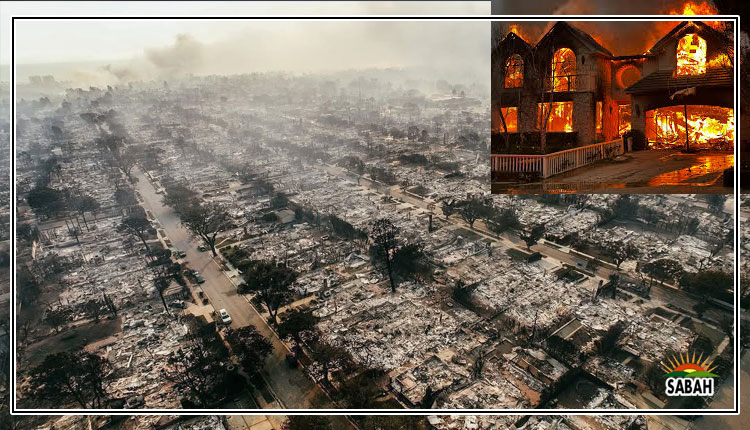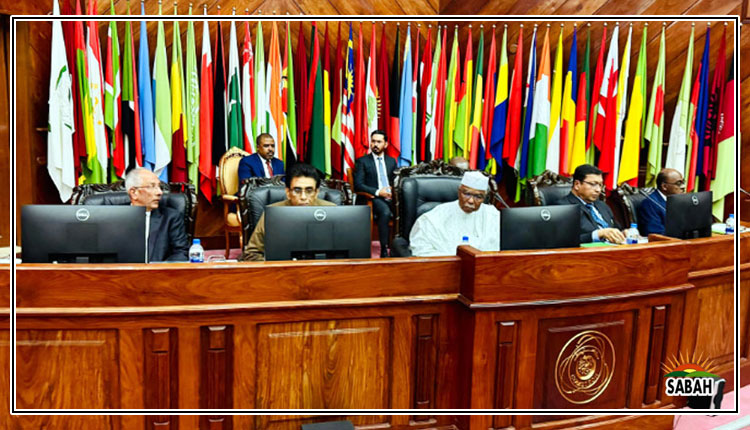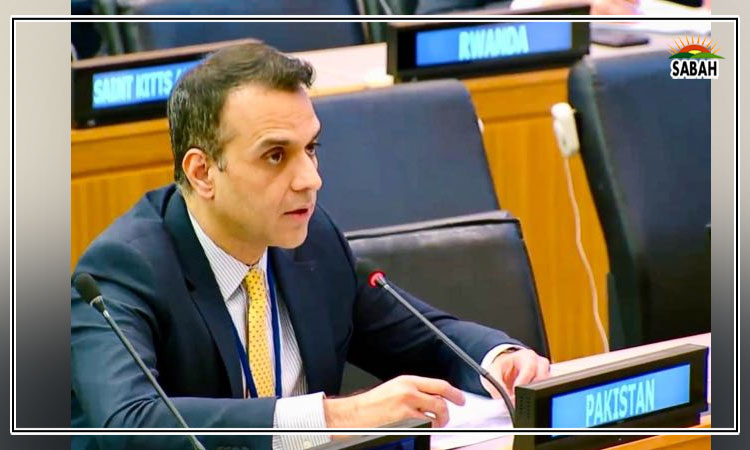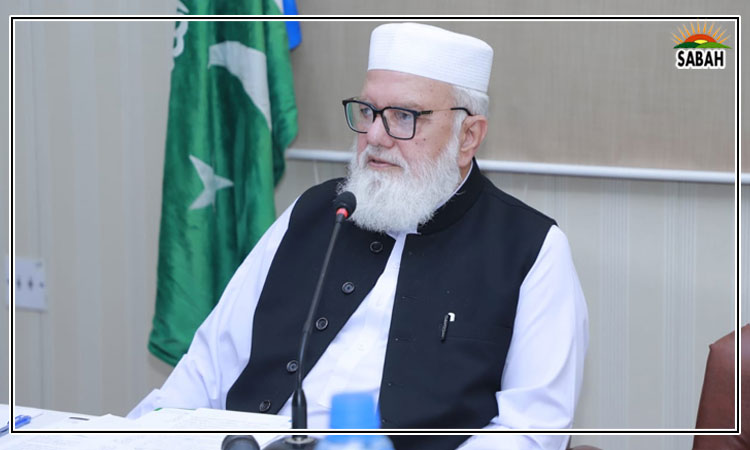Operation Searchlight…Sayed GB Shah Bokhari
In 1971 I was serving as a Grade2 staff officer (major) in the HQs of the 16th infantry division in Quetta, Balochistan. Due to the deteriorating law and order situation in erstwhile East Pakistan (now Bangladesh) and to supplement the already stationed troops there, major segments of the division were airlifted from Quetta in special PIA passenger aircraft in February.
The planes were compelled to adopt a longer air route to our destination, which spanned over six hours, since the Indian government had recently stopped the use of its overhead airspace by Pakistani aircraft flying between its western and eastern wings.
This was done as a reaction to the hijacking of a 20-passenger Indian plane named Ganga by two leaders of Occupied Kashmir in January; the aircraft had been forced to land in Lahore. We flew over the Indian Ocean, landed at the Colombo airport in Sri Lanka and continue with our journey to Dhaka.
After landing at the Dhaka airport when the door of the aircraft was opened, we were shocked to learn that the ground civil aviation staff had struck work. Not only was the concerned airport staff absent, the ladder used to alight from the aircraft was nowhere to be seen on the ground. Some of the ladders were tucked away under bushes far away. It was a measure to obstruct additional troops from the west wing to land in Dhaka.
Later, few soldiers disembarked the aircraft with the help of ropes, searched for the ladders which were hidden under the bushes and pulled them to the aircraft to enable the troops to disembark. By mid-March 1971, the entire 16th division had sailed by sea and was deployed to protect Dhaka.
Intelligence reports indicated that the people from former East Pakistan were employing all means to strengthen their fight to declare independence from Islamabad. They had a special plan for the night of March 21 to take over the control of Dhaka, the nerve centre of the eastern wing. After a successful military strike, they were to declare their independence from Islamabad.
According to this plan, the East Bengal Regiment, supported by Mukti Bahini, was to carry out this plan at midnight, March 21.
First, all officers from then West Pakistan were to be slain in Officers Messes, and all Regimental Quarter guards (where arms and ammunition are stored) would be taken over.
The sprawling campus of Dhaka University had become the focal point for lodging trained elements, largely numbered by Mukti Bahini. The university premises were to serve as the major storage for arms and ammunition.
The Pakistan Army had already prepared a plan code-named Operation Searchlight to forestall and counter any eventuality. Nonetheless, the rebels plan got aborted by an accidental fire by one of the soldiers of the East Bengal Regiment. At about 8pm, March 21, a soldier accidentally fired his gun. That was probably construed by others who were planning to attack at midnight that it was a signal for them to execute their attack on troops from West Pakistan.
The lone accidental fire of the rebel soldier was followed by a barrage of fire in different directions. Since we were expecting the execution of the plan at midnight, the early accidental fire alerted us to go carry out Operation Searchlight.
The 16th infantry division moved into action at 8 pm, March 21. Our aim was to disarm the East Bengal Regiment as soon as possible before the rebels execute their plan. The commencement of the Operation Searchlight at an electrifying speed by our troops was a big surprise for the rebels.
The disarming of the East Bengal Rifle Regiment was achieved with minimum possible human casualties. The biggest stumbling block was the premises of Dhaka University. The steel-made main entry gates of the university had been sealed from the inside for the past few weeks.
The boundary walls had been reinforced by additional stacks of sand and mortar. The lower halves of the windows were stacked with sand bags. As soon as our troops got close to the university limits, all kinds of arsenal from inside the university rained over our troops.
Since intelligence reports had already conveyed information about the state of preparedness of the rebels stationed within the university premises, adequate measures had been taken to shield our troops, and counter the university volleys.
In order to make our way for our troops to enter the university, recoilless rifles (an anti-tank weapon) were used to blast the boundary wall. A pitched battle ensued. Human casualties took place on both sides.
Operation Searchlight met success by the morning of March 22, 1971, and a dangerous plan was averted. After wrapping up the aftermath of the night March 21/22, the 16th infantry division was moved to take over operational responsibilities, in the north, Rajshahi Division.
Courtesy The News


